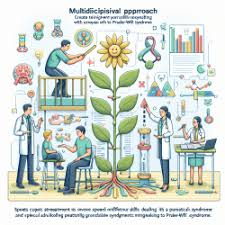Understanding the Impact of Sexual Harassment on Adolescent Girls and Young Women in Nairobi
The recent study titled "Sexual harassment before and during the COVID-19 pandemic among adolescent girls and young women (AGYW) in Nairobi, Kenya: a cross-sectional study" sheds light on a critical issue that demands our attention. This research highlights the prevalence and dynamics of sexual harassment among AGYW in Nairobi, both before and during the COVID-19 pandemic. As practitioners, understanding these findings is crucial for developing effective interventions and support mechanisms.
Key Findings from the Study
The study reveals that 18.1% of AGYW experienced sexual harassment in the past year. Notably, 66.6% of these incidents occurred both before and after the implementation of COVID-19 restrictions. Among those who faced harassment during both periods, 34.9% reported an increase in occurrences post-COVID-19 restrictions. These statistics underscore the persistent nature of sexual harassment and the exacerbating effects of the pandemic.
Factors such as higher educational attainment and inability to meet basic financial needs were associated with increased risk of harassment. Additionally, AGYW with full control over their mobility reported a higher incidence of harassment post-pandemic restrictions. These insights point to the complex interplay between socioeconomic factors and personal agency in influencing harassment risk.
Implications for Practitioners
For practitioners in the field of speech language pathology and online therapy, these findings offer several avenues for intervention and advocacy:
- Enhanced Awareness and Training: Educate practitioners about the prevalence and dynamics of sexual harassment among AGYW, emphasizing the importance of creating safe spaces for disclosure and support.
- Integrated Support Services: Collaborate with schools and community organizations to provide comprehensive support services that address both the psychological and socioeconomic aspects of harassment.
- Advocacy for Policy Change: Engage in advocacy efforts to expand the definition of sexual harassment in Kenyan law to include harassment by peers and in public spaces, thereby enhancing protection for AGYW.
Encouraging Further Research
While this study provides valuable insights, there is a need for further research to explore the nuances of sexual harassment among AGYW in different contexts. Practitioners are encouraged to contribute to this growing body of knowledge by conducting studies that examine the impact of harassment on mental health, educational outcomes, and long-term well-being.
To read the original research paper, please follow this link: Sexual harassment before and during the COVID-19 pandemic among adolescent girls and young women (AGYW) in Nairobi, Kenya: a cross-sectional study.










